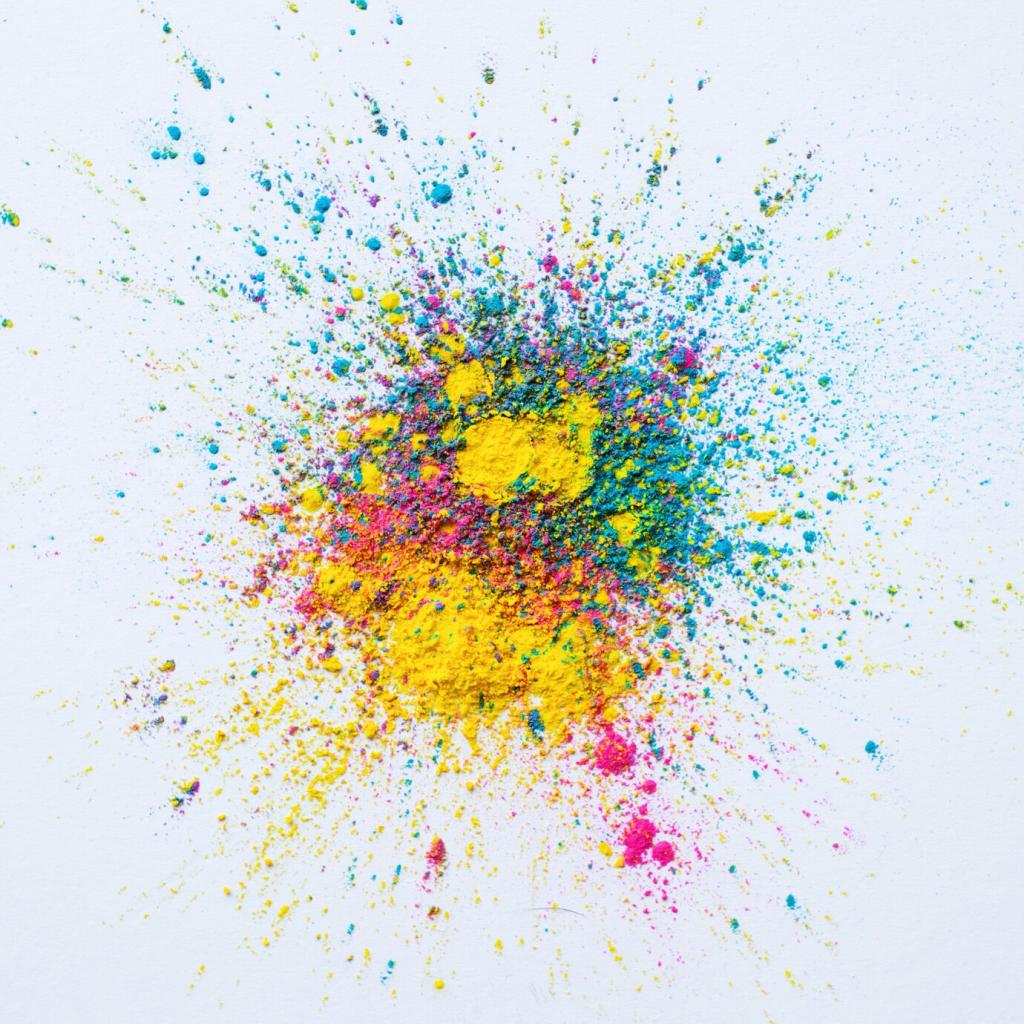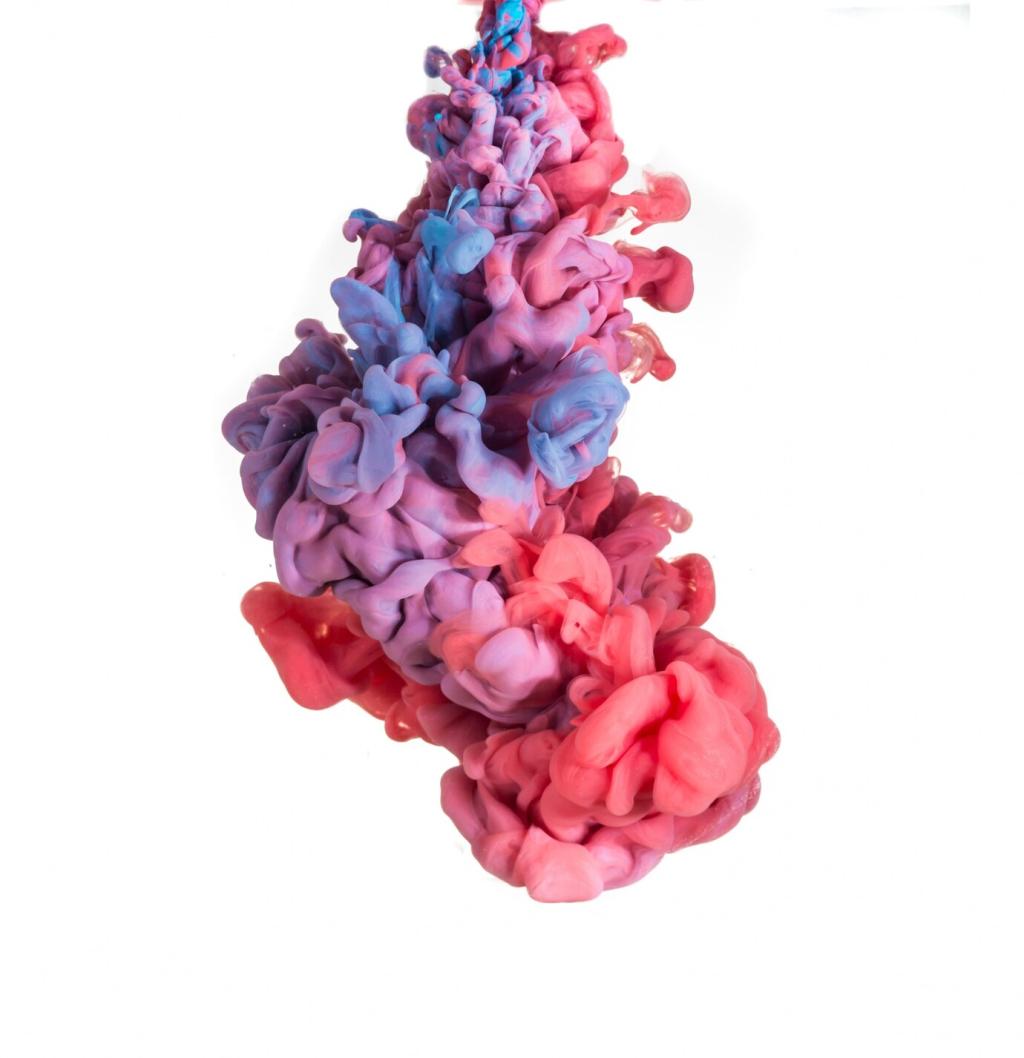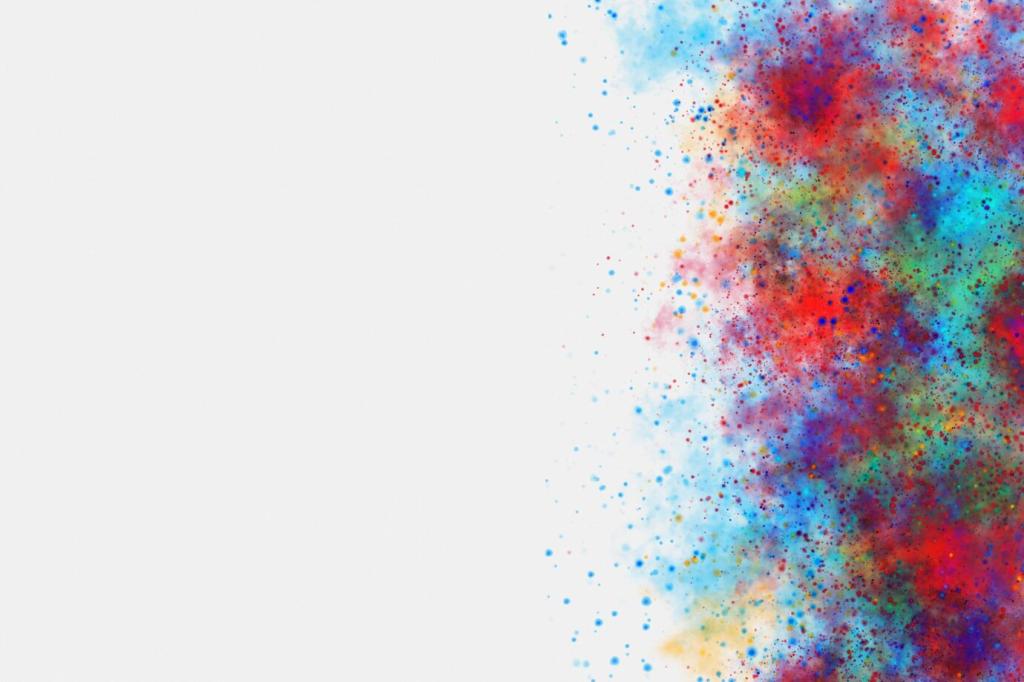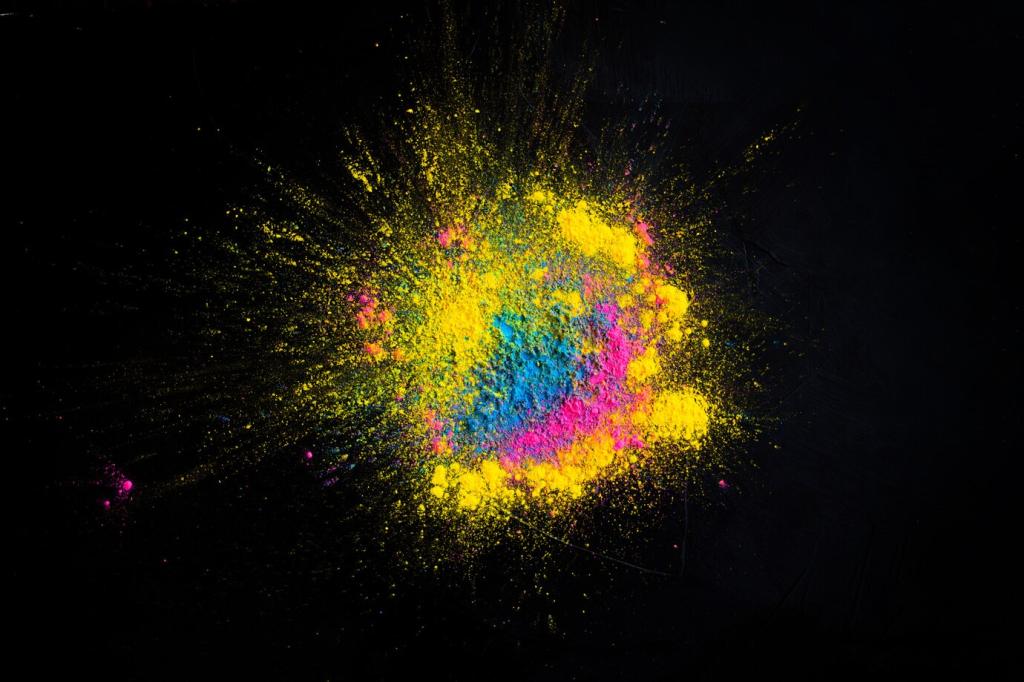The colors we surround ourselves with, particularly in our most personal spaces, influence how we feel, think, and interact with our environments. Furniture, as a constant presence in living and working spaces, plays a significant role in shaping these experiences through its color palette. The psychological effects of furniture colors are often subtle, yet they can have profound impacts on our daily mood, productivity, and overall well-being. Understanding how color interacts with human psychology allows us to make more informed choices when designing spaces for relaxation, work, or social interaction, ultimately creating environments that support mental and emotional health.
Previous
Next
The Science Behind Color Psychology
Human perception of color begins with the eyes, where photoreceptor cells convert light into neural signals interpreted by the brain. This process involves both physiological and psychological responses, causing particular shades to trigger feelings or memories. Subtle differences in color saturation or brightness can elicit dramatically different moods, highlighting the importance of considering visual perception when selecting furniture colors.

Effects of Warm Colors on Emotions
Red is frequently associated with excitement, passion, and even heightened physical energy. When incorporated into furniture, it can make a room feel lively and dynamic, which is why it is often chosen for social areas like dining rooms or lounges. However, too much red or very bright tones can lead to restlessness or irritability, making it important to balance red hues with neutral elements for comfort.
Calming Influence of Cool Colors
Blue: Creating a Serene Sanctuary
Blue is a color strongly linked to peace, calmness, and clarity of thought. Furniture in soft blues can transform a room into a soothing refuge from daily stress, making it an ideal choice for bedrooms or meditation spaces. While darker blues convey depth and stability, overly cool or muted blues may sometimes feel cold or distant if not balanced with warmer accents.


Green: Harmonizing Nature and Interior
The color green embodies growth, renewal, and harmony, echoing the presence of nature. Green furniture encourages a restorative atmosphere that can improve focus and persistence while reducing anxiety. Especially in study rooms or offices, green tones foster concentration without causing fatigue, supporting long periods of work or learning.
Neutral Colors and Their Subtle Power
White furniture conveys purity, cleanliness, and a sense of space. When incorporated thoughtfully, it makes rooms feel open, fresh, and uncluttered, supporting mental clarity and peace. However, an overabundance of white can lead to feelings of sterility or impersonality, especially in spaces lacking textural contrast or warmth from complementary colors.

Choosing Colors for Different Spaces

Living Rooms: Balancing Warmth and Sociability
In living rooms, where socialization and relaxation intersect, balanced combinations of warm and neutral colors can foster both energy and comfort. Choosing inviting shades such as soft oranges, muted yellows, or warm beiges encourages conversation and a sense of belonging. Integrating these colors through key furniture pieces helps create a space that feels lively yet comfortable for gatherings and downtime.

Bedrooms: Fostering Rest and Rejuvenation
Bedrooms benefit from the calming effects of cool colors like blues and greens, which promote tranquility and restorative sleep. Soft, muted tones on beds, chairs, or wardrobes can soften the atmosphere and reduce nighttime stress. By steering clear of overly stimulating colors in this space, the design supports the body’s natural rhythms and the psychological need for relaxation.

Workspaces: Stimulating Focus and Productivity
Home offices or workspaces require furniture colors that support motivation, creativity, and sustained attention. Subdued blues and greens help maintain focus and reduce distractions, while carefully chosen pops of energizing color, such as red or orange accents, can stimulate ideas and prevent monotony. The interplay of cool and warm hues in these spaces can be personalized to optimize productivity without causing overwhelm.
Impact on Social Behavior and Interaction
In areas designed for togetherness, such as dining rooms or lounges, warm colors like reds and oranges tend to enhance sociability and encourage animated conversation. These hues can make people feel more connected and open, creating a vibrant atmosphere ideal for gatherings. The strategic use of these colors in furniture can elevate the mood, making social interactions more enjoyable and memorable.
Trends and Innovations in Furniture Color Design
Biophilic design, which brings natural elements indoors, has popularized furniture in greens, browns, and earthy tones. These colors mimic nature, helping to reduce stress and enhance overall well-being by fostering a sense of connection to the environment. Designers are also experimenting with sustainable materials and plant-based dyes to further align furniture with mental and environmental health.

